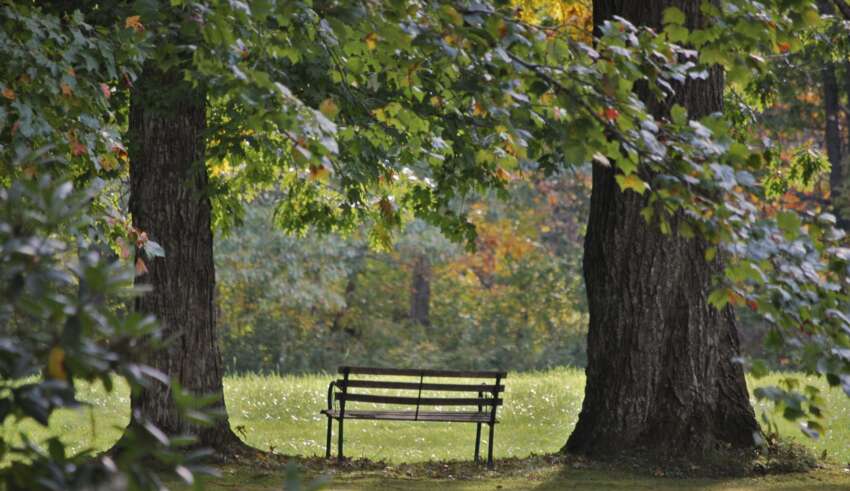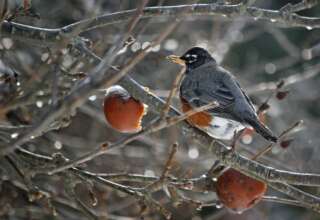
Denworth (2020, p. 210) quotes the novelist Edith Wharton regarding this benefit: “There is one friend in the life of each of us who seems not a separate person, however dear and beloved, but an expansion, an interpretation, of one’s self, the very meaning one’s soul.” Friendships may even provide us with a richly textured yet coherent sense of reality. In the midst of our friendships, we are creating an expanding narrative regarding the world in which we live—a narrative that moves beyond that which we received from our own family. I will be attending to and expanding on these higher-order benefits of friendships throughout this essay and the companion essay. Put simple, friendship does just exist at the bottom of Abraham Maslow’s hierarchy of needs (Maslow, 1970); it is to be found motivating and guiding our priorities and actions at all levels of this hierarchy.
Turnings: Shifting Shape and Function of Friendships Over a Lifetime
Among the many kinds of relationships in which we are engaged – and which we need for our own sanity and survival—there is friendship. Denworth (2020, p. 8) makes the case:
“For both humans and animals, to be social is to behave in a way that affects another being. That behavior can be positive or negative. It can be subtle and small-a glance or a touch or a whisper. It can be big and booming and brawny, like a physical attack or a loud declaration. It can be anything in between. If primates, which, of course, includes us, are specialized for anything, it’s social behavior. We are gregarious. ln scientific terms, that doesn’t mean we all swing from the chandeliers or host never-ending parties, it simply means we are social creatures. We have always lived in groups and as those groups got bigger and more complex, we had to figure out how to navigate them and get along with one another. We had to know how to read emotions and recognize allies. As a group, we had to work out how to communicate, find food, and defend ourselves against predators. We had to learn to cooperate. As individuals, we had to know whom we could rely on in tough times and relax with in quiet times. In other words, we had to have friends.”
Over the many centuries of existence and evolution on this planet, we as human beings have certainly turn to our family and relatives for care and assistance. We have also turned to our friends. It is especially during our adolescent years and during the last several decades of life that we are most beholding to our friends. While family is particularly important during our middle years, friendship play a central role during our adolescent years as a source of learning, socialization and support.
When we grow older, we tend to have fewer friends, but the friendship we do have become increasingly important (especially with the death of close family members). This curvilinear relationship (Denworth, 2020, p. 245) regarding the increasing, then decreasing, then increasing important of friendships speaks to the important shifts that tend to occur in the role played by friendships over a lifetime. These shifts are sometimes identified (poetically) as the Turnings of friendships in life (Denworth, 2020, p. 141)
Developmental Stages and Friendship
We dance with our friends in different ways as we grow older. It is not only a matter of the number and importance of friendships. The curvilinear shift upward and downward in friendship saliency provides only one of the turnings that typically occur in our friendships. In borrowing (and quoting) from the social neuroscience perspective of John Cacioppo and Gary Berntson, Lydia Denworth (2020, p. 80) proposes that these turnings often involve an intermixing of physiological changes in our bodies and shifting social expectations and needs on our part over time:
“The brain does not exist in isolation but rather is a fundamental component of developing and aging individuals who themselves are mere actors in the larger theater of life. This theater is undeniably social, beginning with prenatal care, mother-infant attachment, and early childhood experiences and ending with loneliness or social support and with familial or societal decisions about care for the elderly.”







